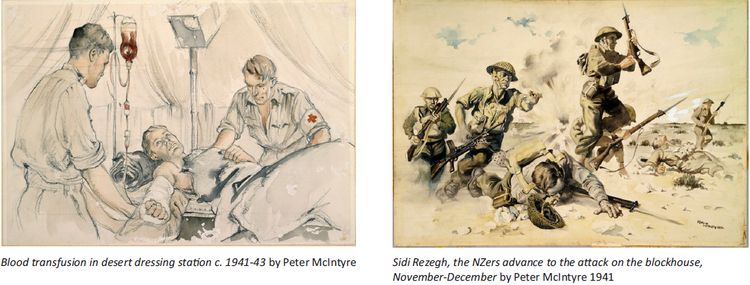by Sue Wild
At a workshop in 2009, Australian artist, Alvaro Castagnet, told his students Choose figures that appeal to you. You need to be hot about your subject. Liberate yourself from the idea of painting a perfect figure. Paint bravely, use your full arm, hit and miss, wet in wet, dry brush, lost and found, let the pigments make their own colours, let Miss Bossy Watercolour have her way. Then pause, step back and appreciate the life in your creations.
Many New Zealand artists have captured our national character in drawing and painting figures. Here we feature some selected watercolourists, all of whom are or have been members of Watercolour New Zealand or its forerunner, the Wellington Watercolour Society.
Wendy Masters
This painting is alive with action not just the action of the dancers, but of the artist too. We lose an arm, find a leg, pigments flow wet in wet making colours with no names and Cont picks up movement with dry lines. We know the artist is standing at arms length and watching her figures evolve. Wendys advice is to draw and paint from life, clothed or unclothed, as often as possible. Regular practice is essential for building the confidence to paint loose believable figures.
Ted Sherwen & Jacky Pearson
From dancers to singers: here are two very different takes on solo singers. Each artist has captured the idiosyncrasies and gestures that make the characters real. You can hear the heart-felt crooning from Jackys singer performing at the Tin Hut and see how much she is enjoying her act.
Ted Sherwens soloist is a glorious caricature. She has combed her locks, painted her face and nails and is giving full voice to her concert audience, head tilted, eyes closed. Two characters, each with their own style. We know them.
Dianne Taylor

Note how cleverly the shapes of the nearby furniture, the shadows and the lines of limbs contribute to the composition in these two paintings by Dianne Taylor. Darks against lights create the atmosphere in the cafs. We can almost read the thoughts, hear the conversation. Le Caf won the Peoples Choice Award at Splash 2015.
Paul Hanrahan

Many artists have captured our national character in figures, but none does it as brilliantly as Paul Hanrahan. Pauls background in design and illustration set him on the path, but he is a self-taught artist. His book "New Zealand People & Places" is a joy to own. It is a collection of watercolour and pencil snapshots of distinctive New Zealand life. Many of the gems are clearly painted on location, come sun or wind. The figures tell their own life story in their stance and clothing. We sense their mood, how they feel about their day, their surroundings. They inspire us to say I know him Ive met people like her!
Paul sees the rhythms of the human anatomy. He picks up the planes of light that express movement.
Paul Hanrahan prints available from Jonathan Grant Galley, Parnell.
Jane Smith

Tasman artist, Jane Smith, chooses as her subjects comfortable people, people who are comfortable in themselves and their lives, comfortable with their own body shape. They are not models who pose to be drawn, not even people she knows; they are figures she has noticed and enjoyed in her wanderings. She terms it her Domestic Art. The paintings, she says may not be appropriate for the board room, but may make you smile as you walk down the hall. I nearly always paint people from behind. I find that if I paint a face, the viewer is drawn immediately to that. If the figure is depicted from behind the viewer will look round the whole picture. Janes people tell their own story. They make us smile. We even recognise them! Jane simplifies shapes and minimises details e.g. she includes only a few crease lines and simple shadow shapes.
Peter McIntyre
Not all figures have to be or should be painted in loose style. Peter McIntyres watercolours recording New Zealand troops in action portray determined Kiwi soldiers, dedicated to the cause. He has used a limited range of colours which perfectly suit each scene.
Peter McIntyre was patron of the Wellington Watercolour Society in its early years.




